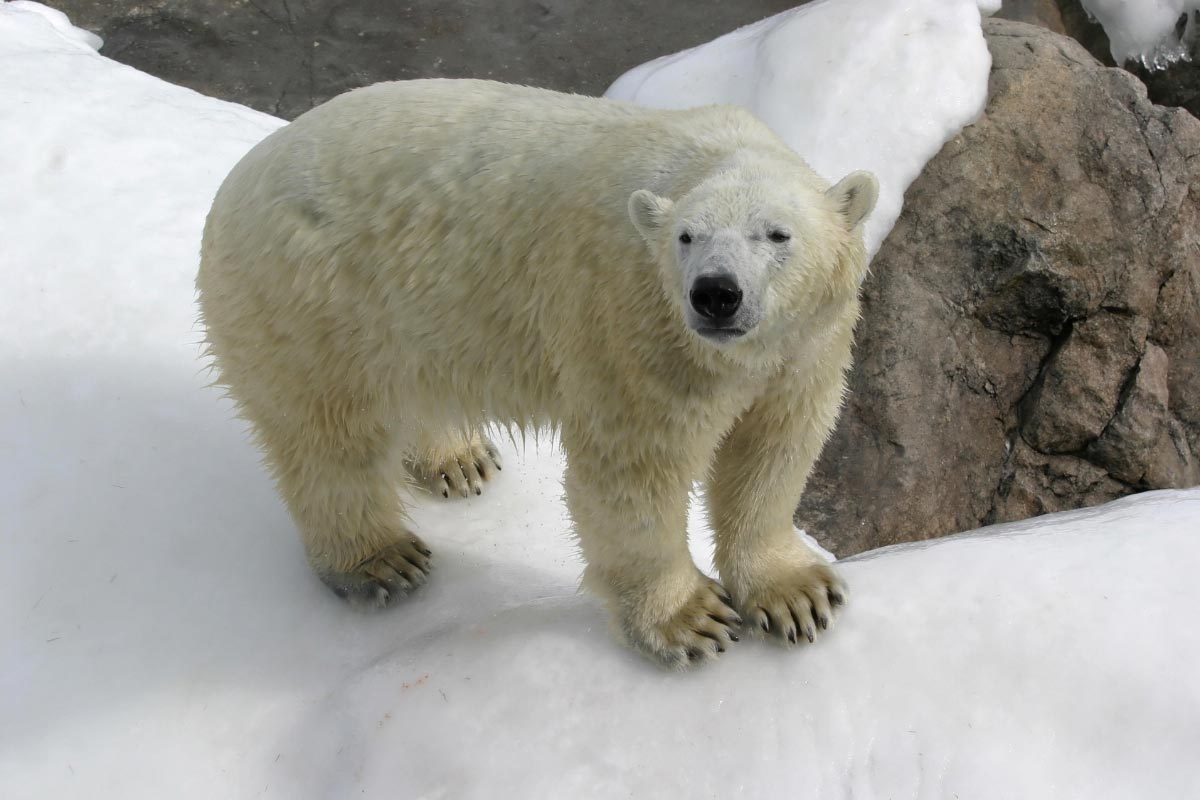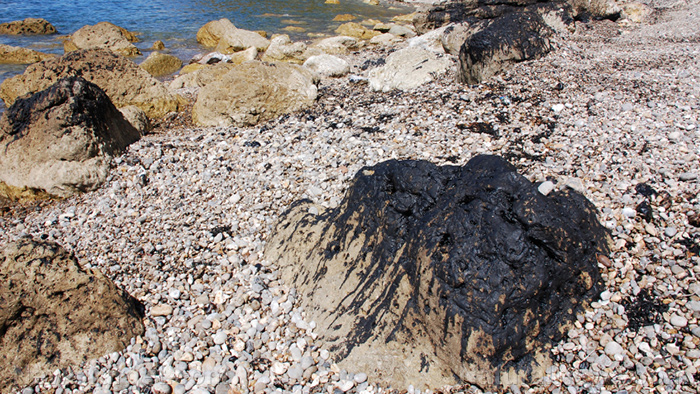Scientists develop new insulation material inspired by polar bears
01/07/2020 / By Michael Alexander

It’s a well-known fact that living organisms have evolved well-adapted structures and materials over geological time through a process called natural selection. These include unique properties such as hydrophobicity or natural waterproofing, heat retention, bioluminescence and coloration as well as unique methods of flight and locomotion.
Throughout history, scientists and engineers have made it a goal to reproduce these natural characteristics in man-made materials, machinery and other applications, a process known as “biomimicry.”
Now, scientists from China have developed a light-weight, elastic and heat-insulating material, which they hope can be applied in both the architecture and aerospace industries in the future. Their inspiration? Polar bear fur.
The inspiration for many industrial textiles and materials, polar bear (Ursus maritimus) fur owes its properties to its unique structure: each strand, unlike that of other mammals, is actually hollow, with researchers describing it as having a long, cylindrical core punched straight through its center. This not only gives the bears their iconic white coats, it also gives their fur remarkable heat-holding capacity, as well as giving it other properties such as incredible water resistance and elasticity.
“The hollow centers limit the movement of heat and also make the individual hairs lightweight, which is one of the most outstanding advantages in materials science,” Jian-Wei Liu, an associate professor at the University of Science and Technology of China (USTC) said in their study, which was published in the journal Chem.
According to Yong Ni, a mechanical engineering professor at USTC, in order to emulate this structure and scale it to a practical size, the research team started by coating tiny tellurium wires with a layer of carbon. These wires were then dissolved, resulting in millions of hollow carbon tubes — each one equivalent to a single strand of hair. These tubes were wound into a spaghetti-like aerogel block. Shu-Hong Yu, a professor of chemistry at USTC and the study’s co-senior author, said that by making the material out of carbon tubes, they were able to design something that traps heat without degrading noticeably over its lifetime.
Aside from the resulting material being an efficient insulator, it was also much lighter than other currently existing aerogels and insulation components, as well as water-proof and “extraordinarily stretchy” — even more so than the natural polar bear hairs themselves.
Despite the positive results of their initial study, however, the researchers said that scaling up the manufacturing process for mass production is not possible at the moment, pointing to the high cost of tellurium on the market. (Related: Underwater espionage: Can fish be used for underwater surveillance?)
“While our carbon-tube material cannot easily be mass produced at the moment, we expect to overcome these size limitations as we work toward extreme aerospace applications,” Yu said, adding that their research team is now looking into utilizing template wires made from different, cheaper elements.
The USTC study builds on earlier studies on polar bear fur, one of which focuses on the creation of a biomimetic textile that can be used as a material for thermal clothing.
The study, published in the Advanced Materials journal, used a “freeze?spinning” technique in order to facilitate the continuous and large?scale fabrication of the fibers. According to the researchers, the biomimetic fibers showed excellent thermal insulation properties, as well as good breathability and wearability.
Another similar study explored the use of a similar biomimetic material dubbed “Plyskin” as a material for home insulation. Creator Lindesy Cafsia exhibited the material, made out of recycled plastic on a 3D-printed base, at Dutch Design Week.
Sources include:
Tagged Under: biomimetic technology, biomimicry, biotechnology, breakthrough, discoveries, fur, future science, insulation, materials research, materials science, polar bears, research, science and technology
RECENT NEWS & ARTICLES
COPYRIGHT © 2017 SCIENTIFIC NEWS



















